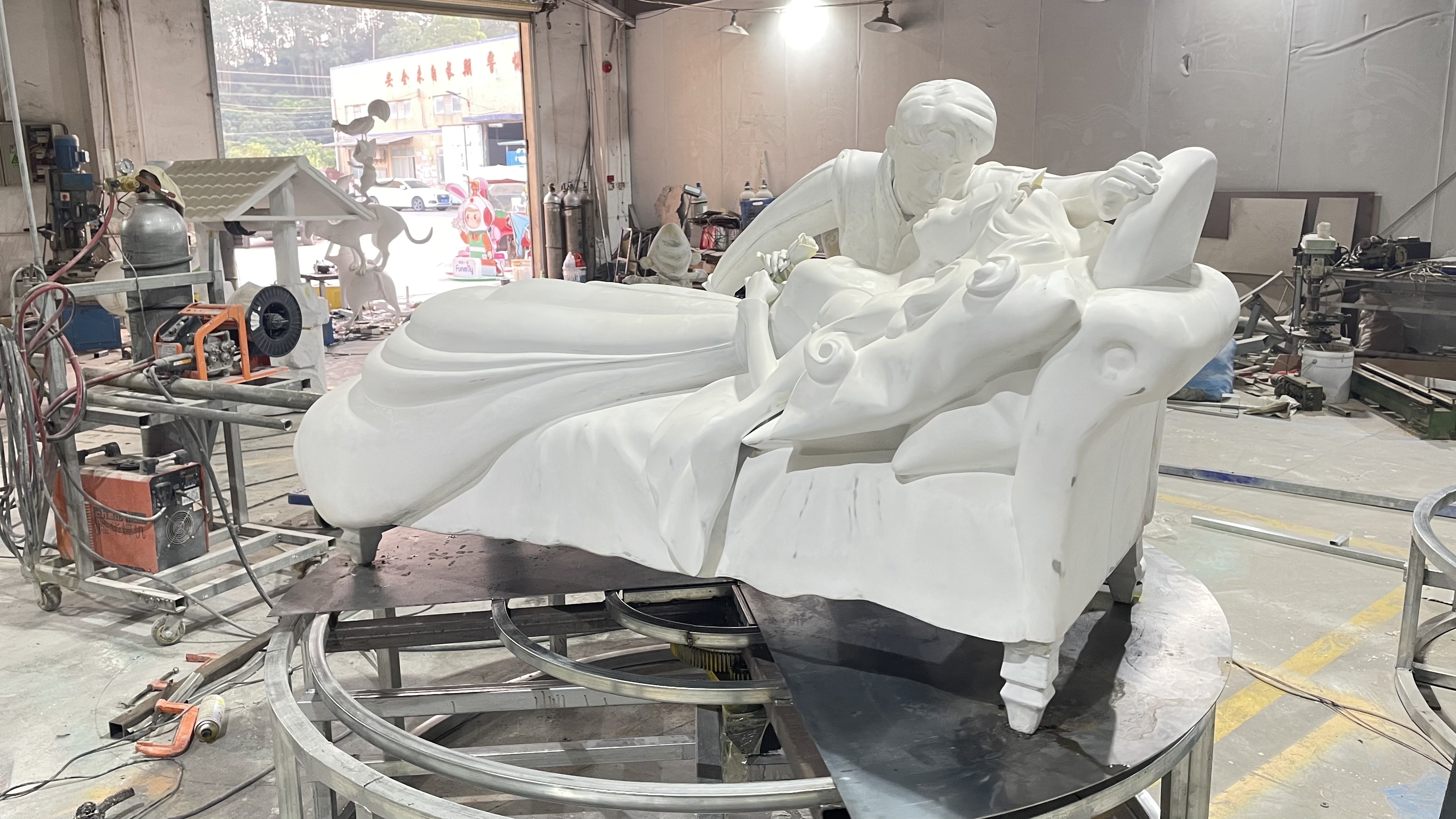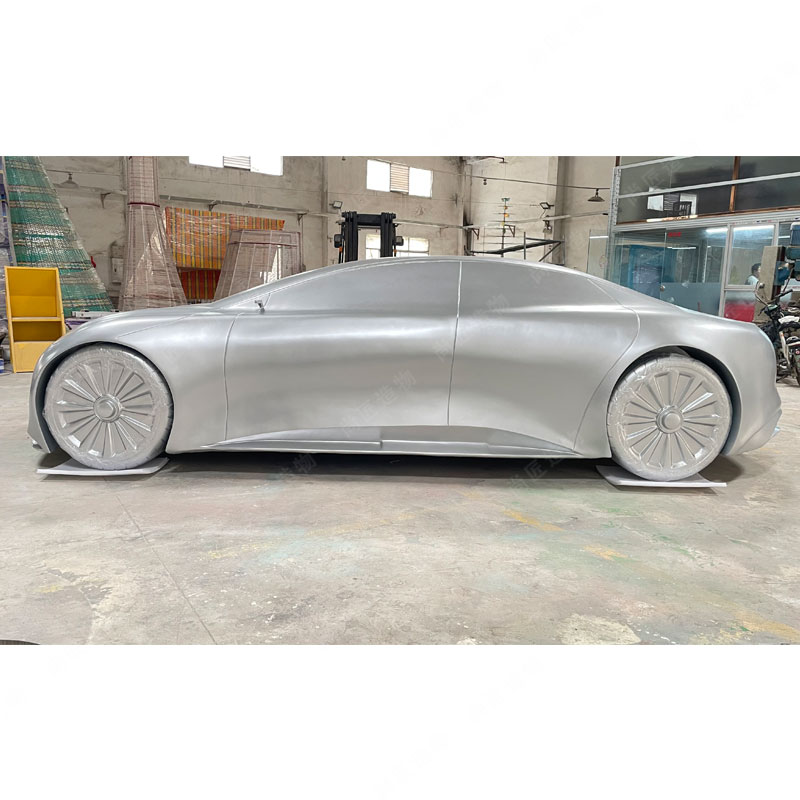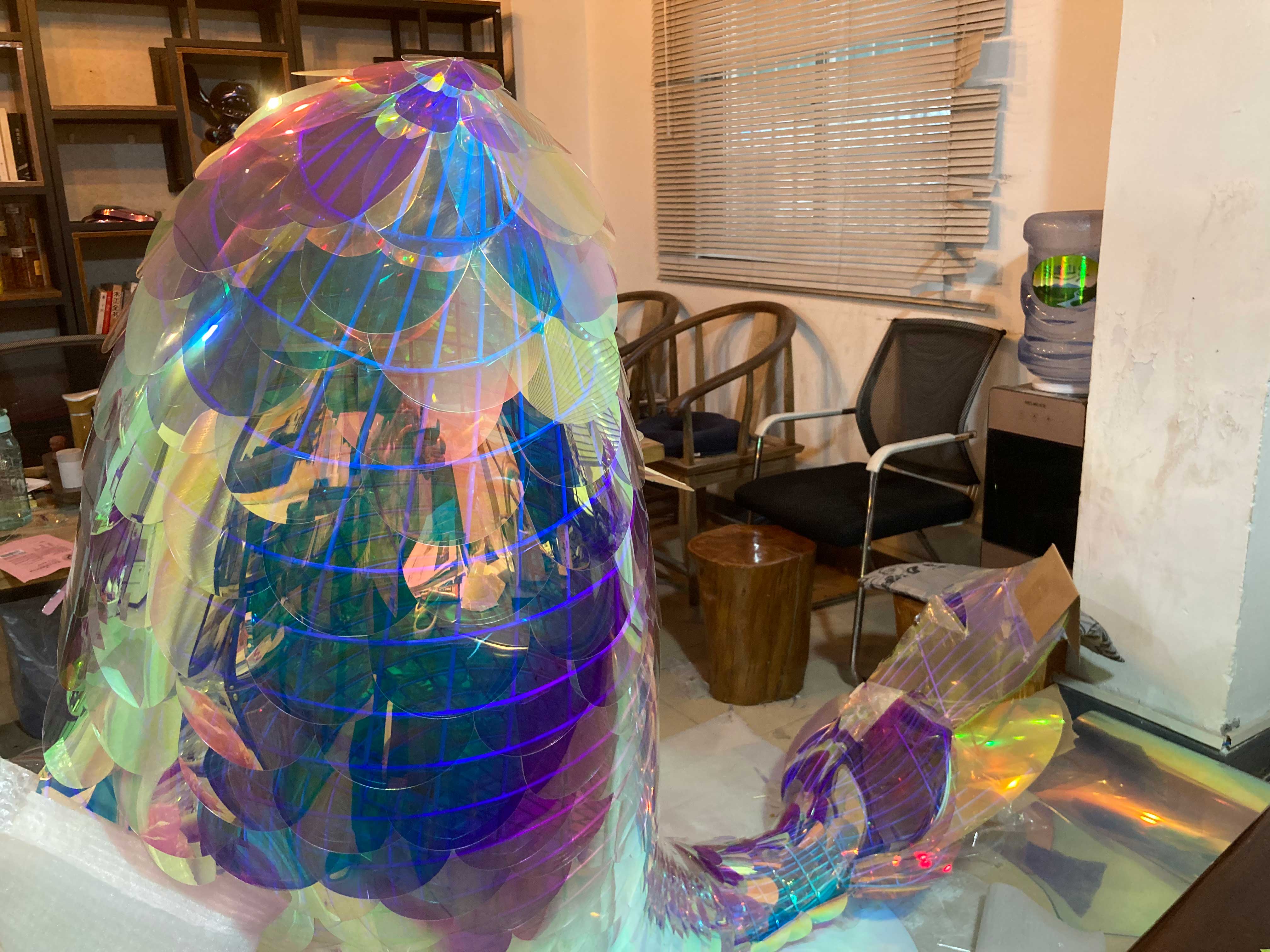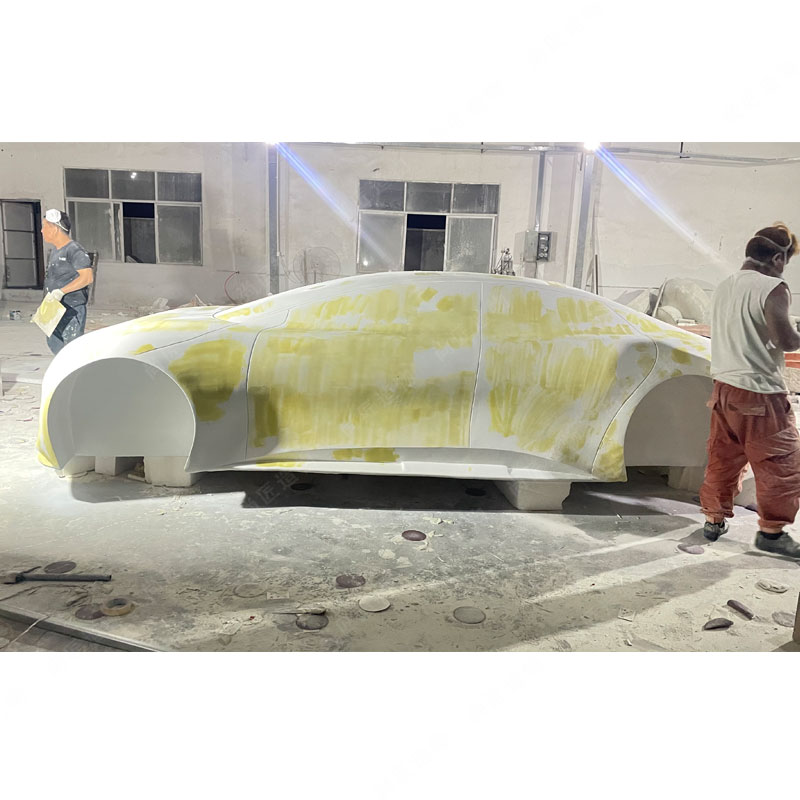Branded mascot sculptures represent a significant trend in the intersection of art and commerce within urban settings. These installations not only enhance the aesthetic quality of public spaces but also play a pivotal role in fostering community ties and promoting brand identity. By presenting recognizable characters, they serve as approachable entry points for residents to engage with both the artwork and the associated brand. Furthermore, these sculptures ignite conversations about local culture, encouraging shared experiences among community members. As urban planners seek innovative ways to integrate creativity into their designs, branded mascots offer a unique opportunity for collaborative projects that resonate with local identity and traditions. This dynamic relationship between brands and artistic expression highlights the evolving landscape of public art as an essential element in modern urban life.
Branded Mascot Sculptures: Bridging Art and Commerce
Branded mascot sculptures are becoming essential features in urban environments, linking artistic expression with commercial interests. These sculptures often draw attention, adding unique character to public spaces while promoting brand visibility. They serve not only as visual attractions but also as conversation starters, engaging communities in discussions around creativity and commerce. For brands, this form of public art offers a tangible connection to their audiences, allowing them to convey messages through recognizable mascots. As cities increasingly adopt merchandise-inspired public art, they create opportunities for brands to integrate marketing strategies with urban aesthetics seamlessly. Ultimately, this fusion not only enhances brand identity but also enriches community experiences.
| Benefits of Branded Mascot Sculptures | Examples of Successful Installations |
|---|---|
| Increased Brand Recognition | The Big Blue Bear in Denver |
| Community Engagement | The LEGO store giraffe in London |
| Enhanced Aesthetic Appeal | The giant rubber duck in Sydney |
As merchandise-inspired public art continues to evolve, its role within urban landscapes will likely expand, merging art and commerce more creatively. Additionally, exploring Fiberglass sculptureoptions provides insight into various artistic materials used for these engaging installations.

Urban Transformation Through Merchandise-Inspired Public Art
Merchandise-inspired public art plays a crucial role in revitalizing urban spaces. By integrating branded mascot sculptures into city landscapes, businesses and artists collaboratively enhance visual appeal and contribute to community engagement. These sculptures often serve as landmarks that draw visitors, generating interest and economic activity.
"Public art can transform ordinary spaces into extraordinary experiences."
Sculptures become more than marketing tools; they create a sense of identity within neighborhoods. The playful nature of mascots fosters connections among residents and encourages a sense of pride in local culture. As cities continue to evolve, embracing such innovative approaches can lead to unique cultural experiences that captivate both locals and tourists alike.
Incorporating elements like stainless steel sculpture designs can ensure durability while maintaining artistic integrity. Urban planners are increasingly recognizing this blend of commerce and creativity as a way to foster community spirit, making neighborhoods more inviting and engaging for all.

Enhancing Brand Identity with Creative Sculpture Installations
Creative sculpture installations play a significant role in enhancing brand identity. By incorporating unique, visually striking mascots, brands can create memorable experiences for their audiences. These sculptures not only serve as eye-catching landmarks but also foster a sense of connection between the brand and the community. For instance, a well-designed mascot sculpture can evoke feelings of nostalgia and pride among local residents, reinforcing brand loyalty. Moreover, when businesses collaborate with artists to develop these installations, it showcases their commitment to supporting local culture and creativity. The use of IP character sculpturebrings a new layer of depth to the engagement strategy, creating a dialogue between art and commerce that resonates with diverse audiences.
Community Engagement Driven by Mascot-Inspired Public Art
Branded mascot sculptures serve as focal points in public spaces, encouraging community interaction and engagement. These artworks not only create a sense of place but also invite residents and visitors to participate in urban culture. By incorporating playful and recognizable figures, cities foster a welcoming atmosphere where people gather, take photos, and share experiences. This communal enjoyment strengthens local connections and can even spark discussions about the brand's role in the community. Moreover, events centered around mascot sculptures can draw crowds, provide entertainment, and promote local businesses. This collaboration between brands and urban spaces creates a dynamic environment that nurtures creativity while enhancing community ties. For those interested in exploring the artistic side of branding further, check out this Realistic sculptureresource that delves deeper into the art forms involved.
Innovative Approaches to Merchandise and Public Art Fusion
As urban areas seek to define their identity, the fusion of merchandise and public art has gained traction. This innovative approach utilizes branded mascot sculptures to create eye-catching installations that draw attention and engage residents. By incorporating familiar characters, businesses can foster a connection with the community while enhancing their brand presence. These sculptures not only beautify public spaces but also invite interaction, encouraging people to share their experiences online. Moreover, artistic expressions like these can initiate conversations about culture and history, making them integral to the urban landscape. Projects that collaborate with local artists can yield unique designs that reflect community values, further deepening the relationship between art and commerce. This synergy promotes a vibrant atmosphere where creativity flourishes alongside brand representation. For instance, exploring options like Cartoon sculpturecan showcase how artistic flair can effectively merge with promotional objectives while enhancing public enjoyment.

The Role of Mascots in Shaping Urban Cultural Landscapes
Mascots play a significant role in defining the cultural landscapes of cities. These figures often represent local identities and values, becoming symbols that foster community pride and engagement. When strategically placed in public spaces, branded mascots can transform the environment, making it more welcoming and appealing to residents and visitors alike. Through vibrant designs and thoughtful placements, mascots invite interactions and create memorable experiences. They can stimulate conversations about local culture while also enhancing the visual appeal of urban areas. As part of this transformation, some sculptures even incorporate elements from Kinetic sculpture, adding a dynamic aspect that further captivates attention. This unique blend of art and community engagement is essential in today’s urban planning conversations, showcasing how mascots effectively contribute to a richer cultural narrative.

Artistic Expression Patronized by Brands: The New Standard
Brands are increasingly recognizing the value of artistic expression in connecting with their audience. Through commissioned sculptures and artwork, companies are not only enhancing their visibility but also contributing to the cultural landscape of urban areas. These branded installations serve as focal points that attract attention and engagement from the community. They transform public spaces into interactive environments, where visitors can appreciate art while experiencing a brand's identity. This unique blend of art and commerce encourages collaboration between artists, brands, and local governments, promoting a sense of place and community pride. As more brands invest in visually striking public art, it sets a new standard for how businesses can support artistic initiatives while simultaneously strengthening their market presence.

Merging Aesthetics and Branding: The Future of Public Art
As cities evolve, the integration of art and branding through public installations becomes increasingly prominent. Branded mascot sculptures provide a unique way to blend artistic vision with corporate identity, resulting in visually appealing landmarks that captivate pedestrians. These sculptures often reflect the values and character of the brands they represent, transforming public spaces into interactive experiences. Community involvement plays a crucial role in this evolution, as local input shapes the design and messaging, ensuring that these artworks resonate with their surroundings. This collaboration not only enhances cultural appreciation but also fosters a sense of pride among residents. As public art continues to evolve, brands will increasingly rely on such creative partnerships to strengthen their visibility while contributing positively to urban aesthetics.
Conclusion
Branded mascot sculptures stand at the intersection of art and commerce, redefining urban landscapes and enhancing community engagement. Their ability to attract attention while promoting brand identity allows them to serve as landmarks in cities, sparking conversations and fostering local pride. By integrating artistic expression with commercial motives, these sculptures contribute to a richer cultural narrative within urban environments. As cities continue to embrace merchandise-inspired public art, the collaboration between brands and artists paves the way for innovative approaches that resonate with residents and visitors alike, ultimately creating spaces that are both visually appealing and culturally significant. Through this integration, both art and commerce thrive, making public art an essential component of modern urban planning.
FAQs
What are branded mascot sculptures?
Branded mascot sculptures are artistic installations designed to represent and promote a brand, often placed in public spaces to engage communities.
How do these sculptures impact urban spaces?
These sculptures enhance the visual appeal of urban landscapes, transforming ordinary areas into attractive landmarks that draw people in.
What benefits do brands gain from mascot sculptures?
Brands benefit from increased visibility and recognition, as these sculptures create memorable experiences that resonate with local audiences.
Can mascot-inspired public art encourage community involvement?
Yes, they invite interaction among residents and visitors, fostering a sense of community and pride in local culture through shared experiences.
Are there any examples of successful branded mascot installations?
Notable examples include The Big Blue Bear in Denver and the giant rubber duck in Sydney, which have become iconic attractions in their respective cities.
 ch
ch English
English





